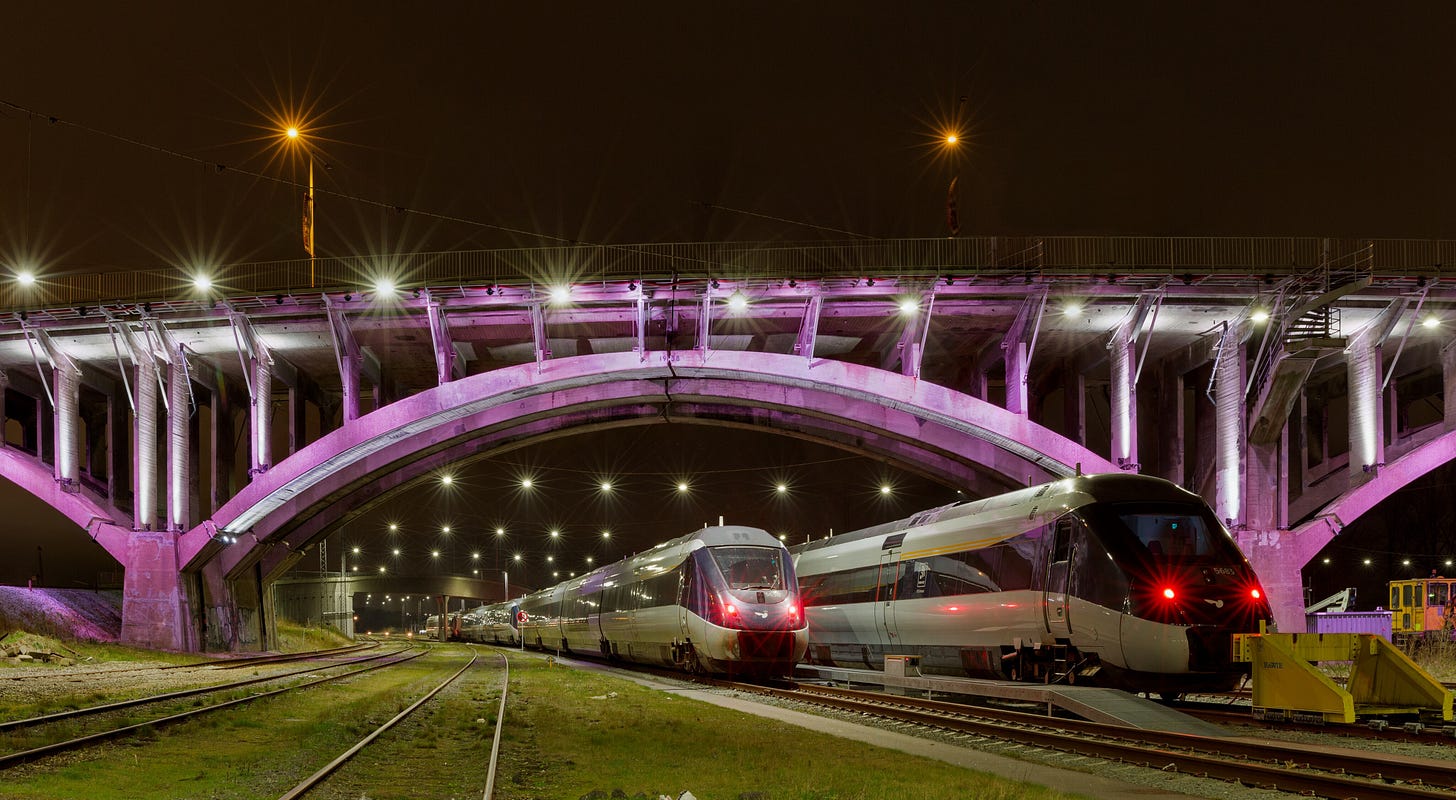Rail sector leverages CEF success story for budget battle

The European rail sector has launched a coordinated push for stronger Connecting Europe Facility (CEF) funding just days after the Commission documented the programme’s success. The timing reveals classic Brussels strategy: use fresh evidence of delivery to justify expanded investment ahead of 2028-2034 budget negotiations. Ten leading associations are now demanding at least EUR 100 billion—more than double the Commission’s proposal.
The Commission’s inaugural CEF progress report, released October 2, highlighted both the programme’s impact and its limitations: a stark disparity between submitted and accepted proposals demonstrating persistent underfunding, particularly in transport. This wasn’t just another EU report—it was the first comprehensive documentation of CEF’s delivery track record since the facility’s establishment in 2014.
Five days later, ten of Europe’s leading rail associations issued their joint call, backing the EU’s plan to renew CEF but demanding significantly stronger funding as negotiations gear up for the next Multiannual Financial Framework (MFF). The timing reveals sophisticated political choreography: use fresh evidence of success to justify expanded investment.
The Coordinated Move
The signatories—including CER, UNIFE, EIM, UITP, ALLRAIL and UIRR—represent the entire European rail ecosystem: operators, infrastructure managers, suppliers, and leasing companies. Their demand is ambitious: at least EUR 100 billion for the new CEF, more than double the Commission’s proposed EUR 45.7 billion total.
The industry initially feared CEF Transport would be folded into the broader European Competitiveness Fund. The July 2025 Commission proposal confirmed its survival as a standalone programme. Yet the civilian transport envelope would actually fall to EUR 30 billion—one billion less than today—while military mobility funding increases tenfold to EUR 15.7 billion.
The associations’ message combines relief with concern about this funding shift.
Budget Battle Context
The MFF negotiations running through 2026 will determine spending priorities through 2034, with the new budget entering force in January 2028. The rail sector’s intervention targets a critical window: after the Commission’s proposals are public but before serious horse-trading begins between member states and the European Parliament.
The associations argue that rail infrastructure serves both civilian and military needs. Therefore, increased defence funding should also improve passenger and freight operations. This dual-use argument strategically addresses the shift toward military mobility funding while maintaining focus on commercial rail needs.
Strategic Implications
The industry’s position appears stronger than in previous budget cycles. Rail projects secured 77% of the latest EUR 2.8 billion CEF allocation across 94 projects, demonstrating both absorption capacity and political priority. The Commission’s progress report demonstrates that rail can deliver on EU funding—a powerful counter to any suggestions of reduced support.
Yet challenges remain. The proposed reduction in civilian transport funding suggests competing priorities are winning internal Commission battles. The massive increase in military mobility funding indicates where political momentum lies, forcing rail to frame its infrastructure needs within security narratives.
For operators and suppliers, the funding level will determine market size through 2034. Infrastructure managers face particular stakes: major cross-border projects like Rail Baltica depend on CEF co-financing. Without adequate funding, the TEN-T completion deadlines of 2030 and 2050 become theoretical rather than operational targets.
The coming months will reveal whether the industry’s coordinated approach and strategic timing can translate documented success into expanded resources. With negotiations expected to intensify as Denmark’s EU presidency leads discussions through early 2026, the rail sector has positioned its opening bid.
Whether member states prioritize civilian rail infrastructure over competing demands—from defence to digital to climate adaptation—will shape European rail’s trajectory for the rest of the decade.

